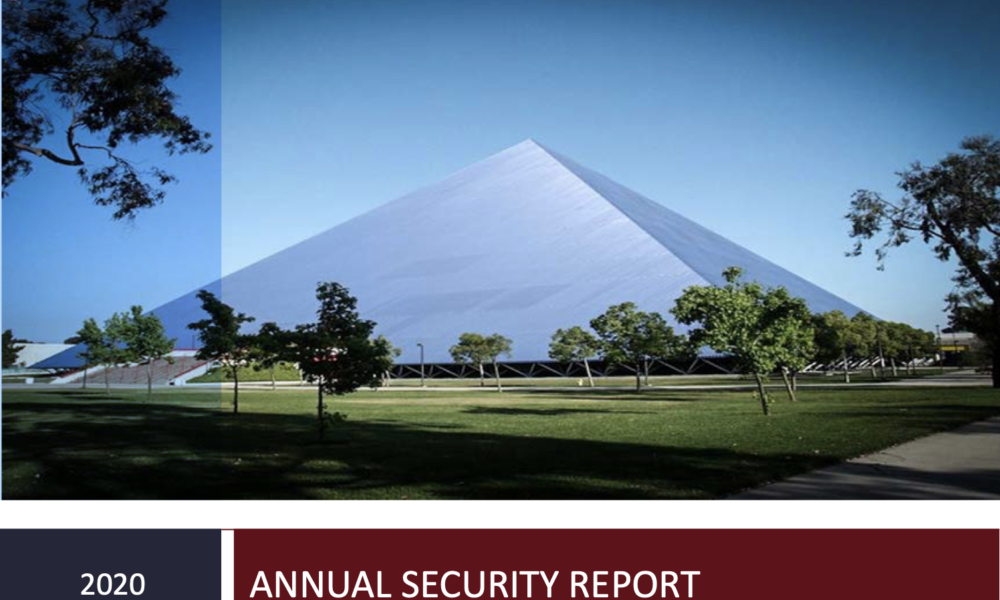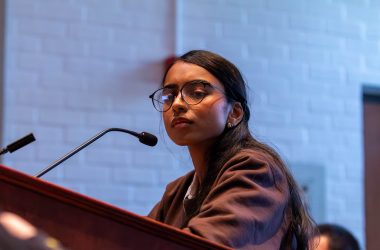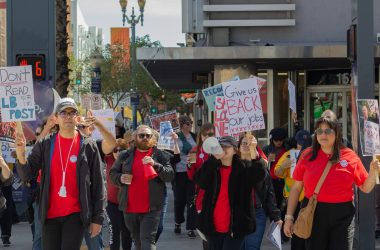Long Beach State reported a relatively low number of crimes in 2019, according to data collected for the Annual Security Report.
Home to more than 39,000 students, CSULB as a whole saw less than 50 crimes reported in 2019, a value which has remained relatively the same since 2017.
Captain John Brockie from the University Police Department said although he “doesn’t want to take credit” for the low number, he likes to think that the work of the campus officers has something to do with it.
“I really can’t put my finger on it most of the time. Sometimes there might be a specific event or change in law, or something like that, that contributes to it,” Brockie said. “I believe our officers do an outstanding job, but I never want to take credit for any type of decrease. Our efforts are hopefully equal to or above each year, so that’s not a good reason either.”
Other similarly populated campuses such as California State University, Fullerton and California State University, Northridge typically see more crimes than CSULB does.
According to the National Center for Education Statistics, this is true of the national average.
In 2016 there were a total of 5,853 rapes reported at all institutions across the country. Over the past three years, there have been seven rapes reported at CSULB, a majority of them occurring in on-campus residential halls.
CSUF saw a total of 15 rapes during that same time frame, and CSUN has had 23, both mostly occurring in residential halls.
Other violent crimes, such as murder, aggrivated assault and manslaughter, remain relatively low or are nonexistent at CSULB. Nationally, these three crimes account for 2,198 of all crimes committed on campuses of higher education.
Both CSUF and CSUN also have relatively low statistics in these areas.
One incident that continues to remain highly reported is motor vehicle theft. Over the past three years, 42 thefts have been reported at CSULB.
These numbers, however, Brockie said, only jump out because of the staunch difference to lesser reported and committed crimes.
“In my opinion those are pretty low numbers based on how many 1000s of cars we have on campus every day,” Brockie said.
Both CSUF and CSUN have seen less motor vehicle thefts since 2017 than CSULB, with each reporting 18 and 34 cases respectively.
Although this is the one area where CSULB has more reported crimes than the other campuses, Brockie said he’ll take these numbers over the alternative.
“I’ll trade property crimes for crimes against people,” Brockie said.
Another statistic that continues to stand out on the report is the number of liquor law referrals for disciplinary action.
In 2017, there were a total of 190 referrals distributed, the year after, zero. Numbers rose again in 2019 with the distribution of 18 referrals.
Liquor law arrests have also seen a fluctuation over the years, 2019 being the first in three years since someone was arrested.
The process of the distribution of these referrals and making arrests, Brockie said, is ultimately up to the responding officer’s discretion.
“[Let’s say] I’m under 21 and I’m in my dorm room, and I have alcohol. It’s not a law violation, per se, because I’m not in a public place, [but] it is a housing code of conduct violation,” Brockie said. “As a police officer, I would be within my rights to have you pour it out and then report it to housing, [and] if a housing representative is there, they report it to housing and they handle it administratively.”
For situations in a public place, however, the discretion still falls upon the officer.
“We as a university would rather make something educational rather than criminal whenever we can,” Brockie said. “So when there’s discretion available then we would rather do that. It’s the same with the drug law referrals.”
According to data from the NCES, referrals for disciplinary action make up the largest proportion of reported on-campus crimes, totalling 229,589 in 2017.
CSUF and CSUN saw exponentially higher referral numbers over the past three years, with Fullerton having issued 261 referrals and Northridge issuing 357.
Statistics, Brockie said, are expected to be even lower this year due to the transition to online learning.





Pingback: CSULB sees deficiency of surveillance cameras compared to other CSUs - Daily Forty-Niner